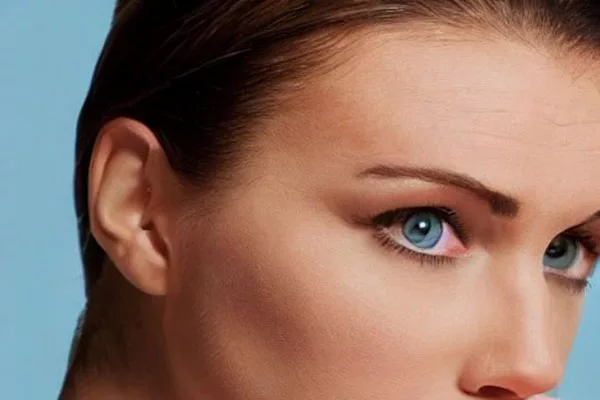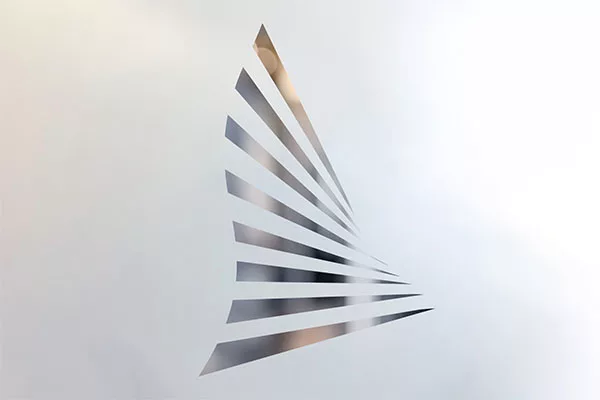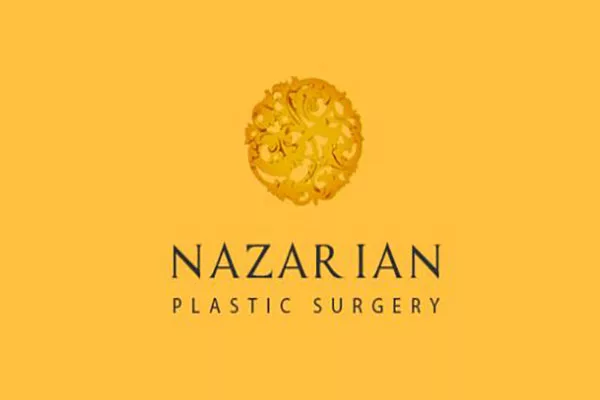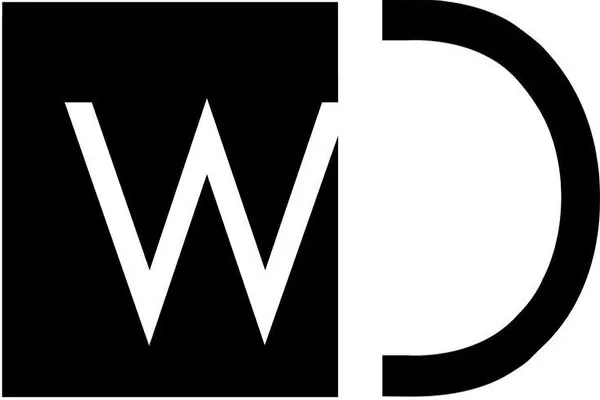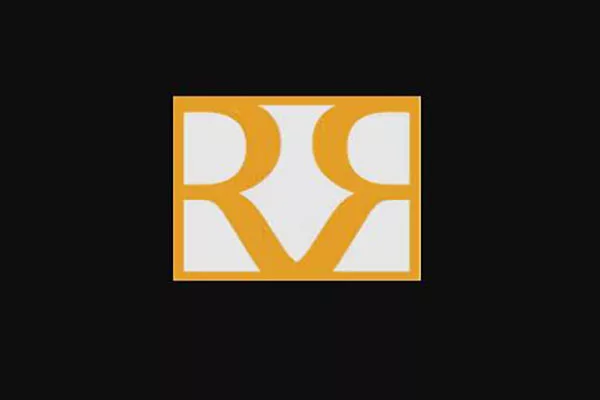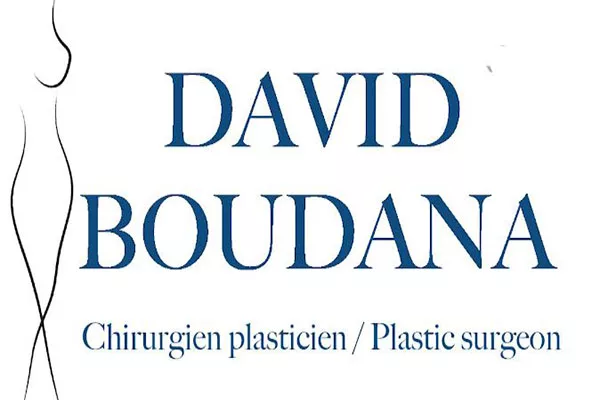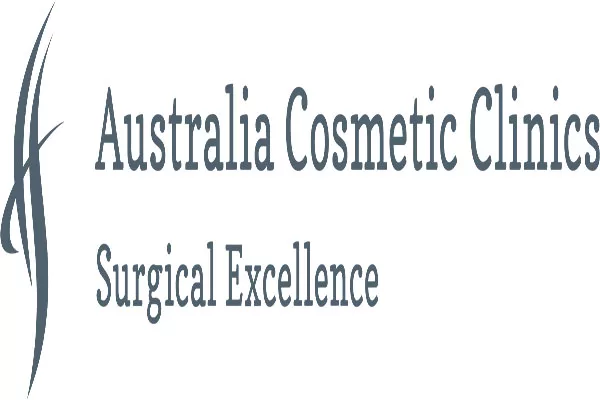Rhinoplasty, commonly known as a nose job, is a surgical procedure that alters the shape and function of the nose. It is a popular cosmetic surgery that can improve the appearance of the nose, enhance facial harmony, and boost self-confidence. In Melbourne, Australia, rhinoplasty is performed by specialized plastic surgeons who have years of experience and expertise. Melbourne rhinoplasty is known for its high-quality results and exceptional patient care. This article will explore the different aspects of rhinoplasty in Melbourne and provide valuable information for individuals considering the procedure.
Reasons for Rhinoplasty
Rhinoplasty can be done for various reasons, including:
- Aesthetic concerns: Many people are unhappy with the appearance of their nose and wish to improve its shape, size, or symmetry.
- Breathing difficulties: Some people have structural abnormalities in their nose that make breathing difficult. Rhinoplasty can address these problems and improve the patient’s breathing.
- Injury or trauma: If the nose has been damaged due to an injury or accident, rhinoplasty can restore its functionality and appearance.
- Congenital defects: Some people are born with nasal deformities that affect their appearance or breathing. Rhinoplasty can correct these defects and improve the patient’s quality of life.
Whatever the reason for rhinoplasty, it is essential to consult with a qualified plastic surgeon who can assess the patient’s needs and recommend the best course of action.
Candidacy for Rhinoplasty
Not everyone is a candidate for rhinoplasty. Ideal candidates for the procedure are:
- Healthy individuals: Patients should be in good health and have no underlying medical conditions that could increase surgical risks.
- Fully developed nose: Rhinoplasty is not recommended for children or teenagers whose nose is still growing.
- Realistic expectations: Patients should have realistic expectations about the outcome of the procedure and understand that there are limitations to what can be achieved.
- No smoking: It is recommended that patients avoid smoking for several weeks before and after surgery as smoking can increase the risk of complications.
- Good mental health: Candidates should have good mental health and be emotionally stable to handle the surgery and recovery process.
During the initial consultation, the plastic surgeon will discuss the patient’s medical history, goals, and expectations to determine if they are a good candidate for rhinoplasty.
Techniques Used in Rhinoplasty
There are two main techniques used in rhinoplasty:
- Closed rhinoplasty: In this technique, incisions are made inside the nose, and the surgeon works through these incisions to reshape the nose. This technique is less invasive and leaves no visible scarring.
- Open rhinoplasty: In this technique, the surgeon makes an additional small incision on the columella (the skin between the nostrils) and lifts the skin to access the underlying structures of the nose. This technique allows for greater visibility and precision when reshaping the nose.
The choice of technique will depend on the patient’s individual needs and goals, as well as the surgeon’s preference and experience. During the consultation, the plastic surgeon will evaluate the patient’s nose and recommend the most appropriate technique.
The Rhinoplasty Procedure
The rhinoplasty procedure typically takes 1-3 hours to complete and is usually performed under local anesthesia with sedation or general anesthesia.
The surgeon will make incisions either inside the nose or on the columella, depending on the chosen technique. The skin and soft tissues will be gently lifted to access the underlying nasal structures.
The surgeon will then reshape the bones, cartilage, and soft tissues of the nose to achieve the desired results. This may involve removing or adding tissue, straightening the nasal septum, correcting a deviated septum, or altering the size, shape, or position of the nostrils.
Once the nose has been reshaped, the skin and soft tissues will be redraped over the new framework and sutured in place. In some cases, nasal splints or a nasal cast may be placed to support the new shape of the nose and promote healing.
After the procedure, the patient will be monitored in a recovery area for a few hours before being discharged. Most patients can go home on the same day as the surgery.
Recovery and Aftercare
Recovery from rhinoplasty can take several weeks, and patients should follow their surgeon’s instructions carefully to ensure a smooth healing process.
During the first few days after surgery, patients may experience swelling, bruising, and discomfort in the nose and surrounding areas. Pain medication, antibiotics, and anti-inflammatory drugs may be prescribed to manage these symptoms.
Patients should avoid strenuous physical activity or exercise for at least a week after surgery and avoid any activities that could potentially injure the nose.
It is recommended to sleep with the head elevated to reduce swelling and pressure on the nose. Patients should avoid blowing their nose for the first few days and should take care not to bump or touch their nose.
Follow-up appointments will be scheduled to monitor the healing process and remove any sutures or splints. The final results of the surgery may take several months to become fully visible.
It is essential to follow the plastic surgeon’s aftercare instructions carefully to ensure optimal results and minimize the risk of complications.
Risks and Complications
As with any surgical procedure, rhinoplasty carries some risks and potential complications, including:
- Infection
- Bleeding
- Adverse reactions to anesthesia
- Persistent pain or discomfort
- Scarring
- Poor healing or wound breakdown
- Nasal septal perforation
- Nasal obstruction
- Changes in skin sensation
- Unsatisfactory results
While the risks of rhinoplasty are generally low, it is essential for patients to understand the potential risks and to consult with a qualified plastic surgeon who can assess their individual risks and address any concerns they may have. With proper preparation, careful technique, and follow-up care, the risk of complications can be minimized, and patients can achieve the best possible results from their rhinoplasty.
Finding a Qualified Plastic Surgeon in Melbourne
Choosing the right plastic surgeon is crucial to achieving a successful outcome from rhinoplasty. In Melbourne, there are many plastic surgeons who offer rhinoplasty, but not all are equally qualified or experienced.
To find a qualified plastic surgeon in Melbourne, patients should:
- Research: Look for plastic surgeons who specialize in rhinoplasty, have years of experience, and have good reviews from patients.
- Credentials: Confirm that the plastic surgeon is board-certified and holds a valid medical license.
- Consultation: Schedule a consultation with the plastic surgeon to discuss their qualifications, approach to rhinoplasty, and potential risks.
- Photos: Review the surgeon’s before and after photos of actual patients to evaluate their results.
- Communication: Look for a surgeon who is approachable, communicative, and best understands the patient’s concerns, vision, and goals.
Patients should take their time and not rush the process of finding the right surgeon for their rhinoplasty. A surgeon who listens to patient concerns, offers personalized care, and has a proven track record of delivering excellent results can provide the best rhinoplasty experience in Melbourne.
Cost of Rhinoplasty in Melbourne
The cost of rhinoplasty in Melbourne can vary depending on the surgeon’s experience, the type of procedure, and the facilities. On average, the cost of rhinoplasty in Melbourne can range from $8,000 to $15,000.
It is important to note that the cost of rhinoplasty may not include the anesthesia, facility fees, or post-surgical care. These additional costs should be discussed with the plastic surgeon during the consultation to avoid any surprises.
Some insurance companies may cover rhinoplasty if it is being done for medical reasons, such as correcting breathing problems. However, cosmetic rhinoplasty is generally not covered by insurance.
Patients should carefully consider their budget and financing options when planning for rhinoplasty. Many plastic surgeons offer financing options such as payment plans or lines of credit to make rhinoplasty more affordable for patients.
Conclusion
Rhinoplasty can be an excellent option for those looking to improve the appearance and function of their nose. In Melbourne, rhinoplasty is performed by specialized plastic surgeons, who have years of experience and expertise in the procedure.
Patients should research carefully and choose a qualified plastic surgeon who can best address their individual needs and goals. Following the procedure, patients should closely follow their surgeon’s aftercare instructions to ensure a smooth and safe recovery.
With proper preparation, careful technique, and follow-up care, patients can achieve a beautiful and functional new nose and boost their confidence and quality of life.
